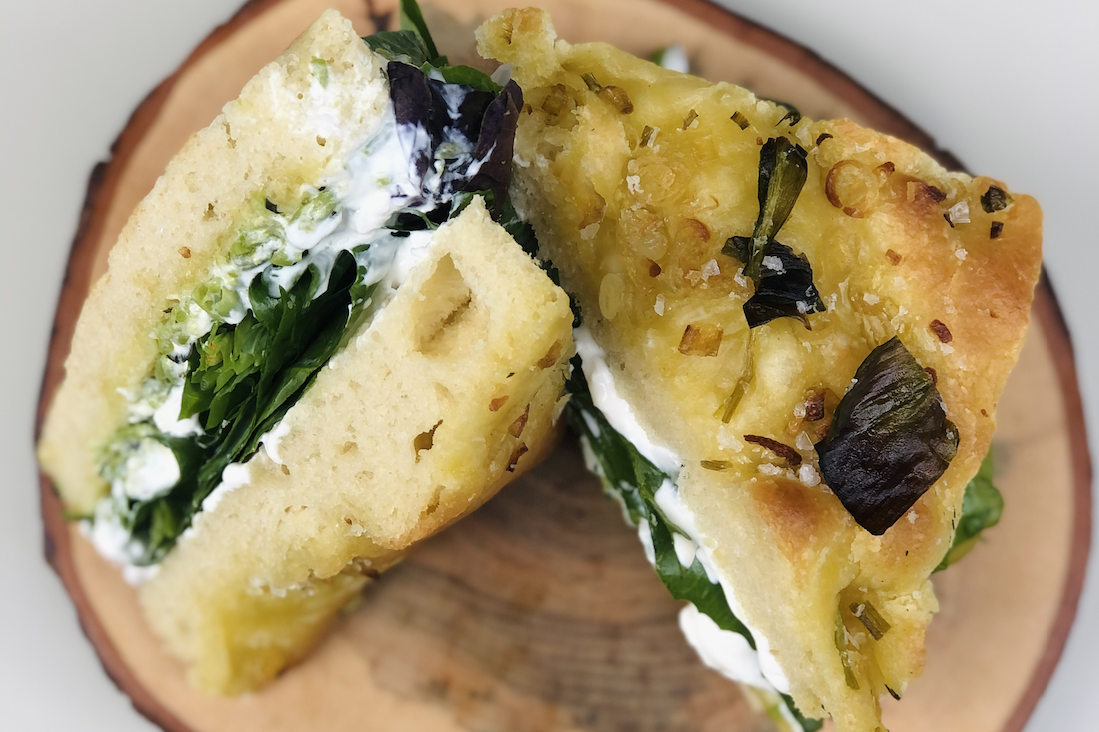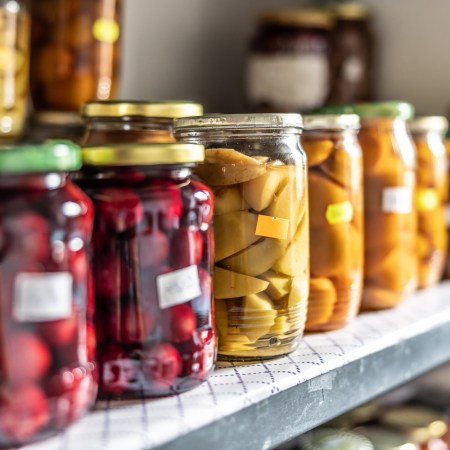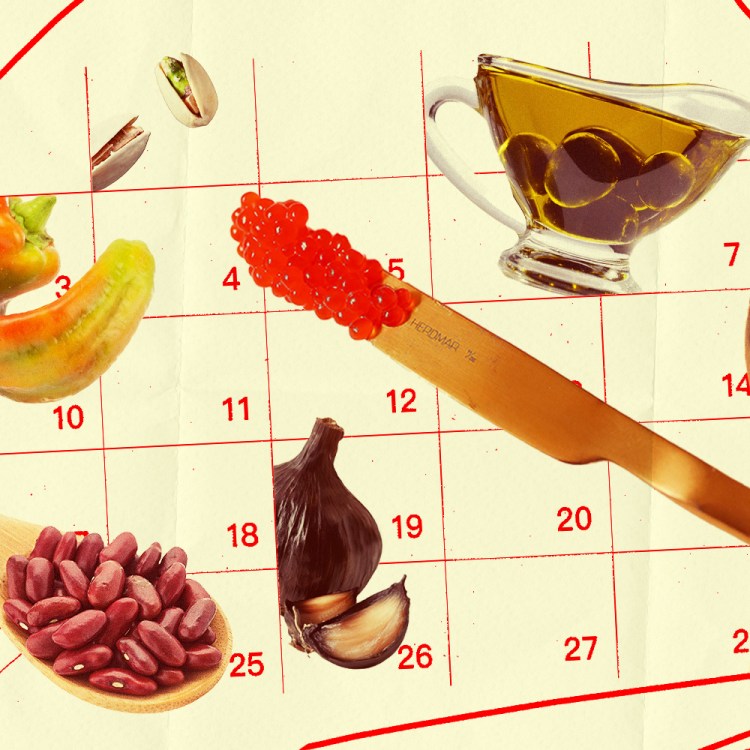Most plentiful on the East Coast from South Carolina up to Canada and packed with enough garlicky punch to keep a Transylvanian at bay, ramps — sometimes referred to as wild leeks — are some of the first pieces of greenery to blossom in wooded areas in the early spring.
Around for weeks as opposed to months and usually dwindling in supply by early June, ramps are pungent and aromatic, with a mild onion taste that gets overpowered by stronger garlic notes. Available at local farmer’s markets and possibly very specific natural/organic/artisanal grocery stores, ramps can also be foraged relatively easily if you know what to look for (more on that below).
Though she doesn’t forage ramps herself, chef Mary Attea of the Michelin-starred Musket Room in New York City knows what she’s looking for when shopping for the fleeting, seasonal ingredient to use in her restaurant’s ramp focaccia bread.
“You want ones that look fresh and sort of alive. Not too wilted,” she tells InsideHook. “Some will be a little more bulb-y than others. They’re never a big ball, but they have really nice, little round bottoms and green, crisp leaves. You don’t want anything getting yellowed or slimy or rotten in any parts.”
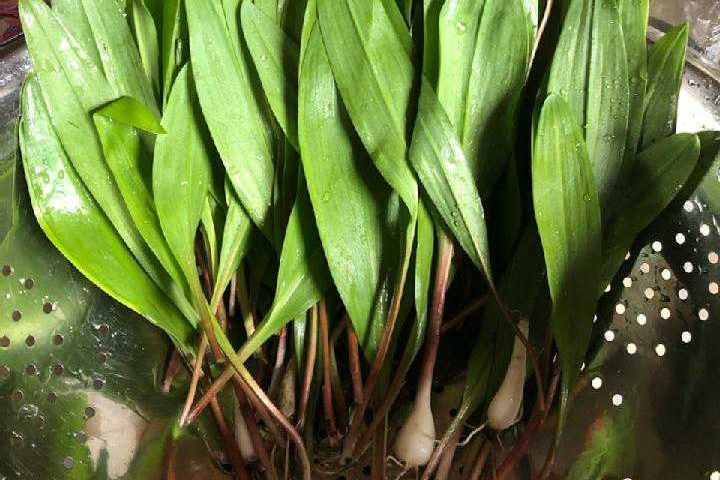
Attea first had ramps while working at Annisa, a West Village restaurant that’s now closed, in a dish with another forest dweller: rabbit.
“The chef, Anita Lo, was using rabbit saddle and rolling the ramp leaves inside it,” Attea says. “Then, she had some of the bottoms that were pickled. It was a take on a Japanese curry dish. She integrated the ramps into it really nicely and I loved them from then on. I think people just go crazy over ramps because they are one of the first signs of spring and the renewal of the year after a cold winter. They’re just really beautiful and pungent with notes of earth and sweet onion and garlic flavor that are fragrant.”
As ramps are extremely versatile and can be pickled, sweated, used in a confit or made into a spread, they add a lot of depth and flavor to most dishes, according to Attea.
“You can really pair ramps with anything you would have put onion, garlic or leeks into,” she says. “They can form the bases of soups or you can make pesto. Pickling the bottoms is really great because they have that strong flavor and the acid counteracts it. I would stay away from a dish where you’d sweat and cook an onion down to nothing. You want them to shine a little bit more on their own and be the star of the show. I wouldn’t really hit them on really high heat, but they’re pretty forgiving. They are tender, but a nice, slow cook really brings up the sweetness and flavor and tones down a bit of the harshness of the onion flavor. People can be adventurous and challenge themselves, but ramps are also fine to try a bit raw and be mixed into salads. You can’t really go wrong just trying them out.”
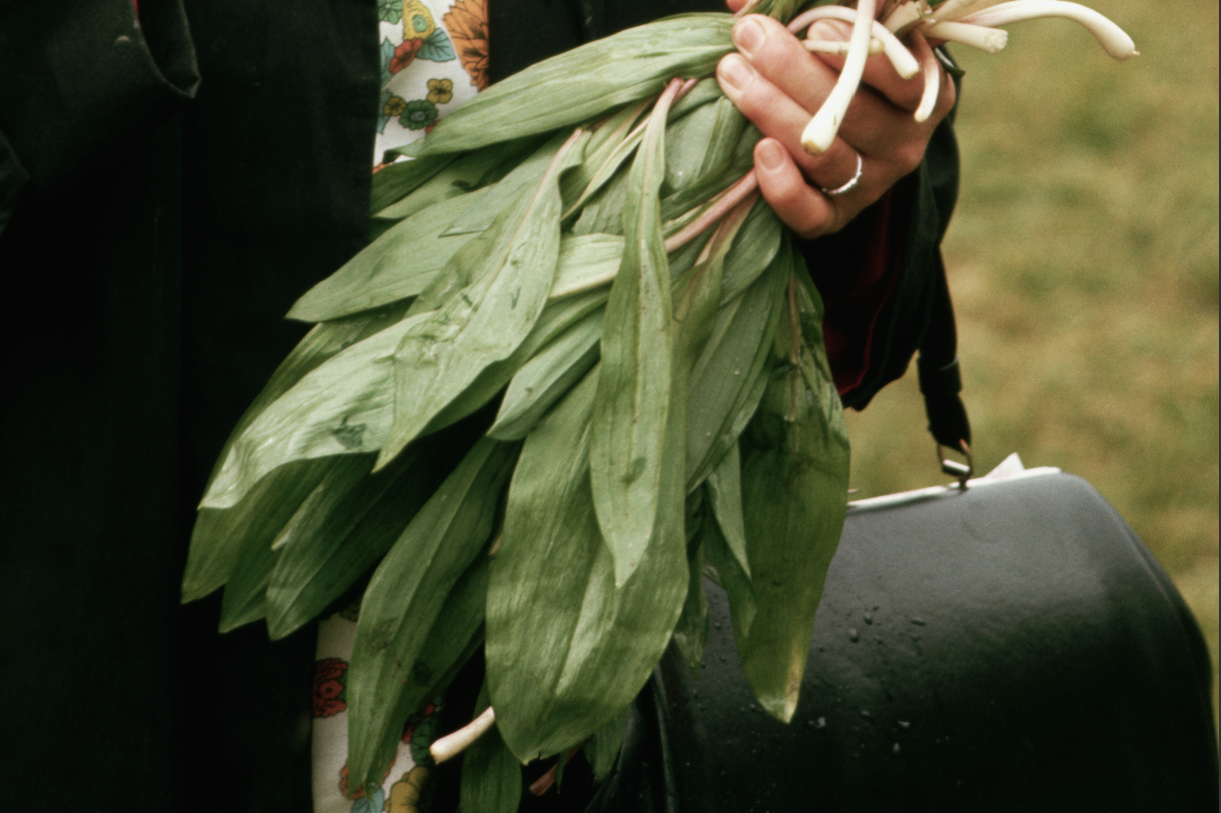
Now that you know why you want them, Pat Ahern, produce expert and director of supply chain at Baldor Specialty Foods, has five tips for foraging for some ramps of your own, followed by chef Attea’s recipe for ramp focaccia with spring pea tapenade and stracciatella.
Five Tips on Foraging Ramps
Don’t Overharvest: The explosive popularity of ramps and the picking habits of over-eager foraging hobbyists have put tremendous pressure on the wild ramp population. Be mindful to only harvest at most 10% of the crop at once. Leave a good 90% of the plants or more behind so that they may continue to seed.
Rotate Harvest Locations: Look for ramps in moist, shady areas above 3,000 feet, primarily in the Northeast, and be sure to rotate your harvesting locations every year. (The Catskills and Roscoe, NY, are both good locations.) Our ramp partners generally won’t return to the same ramp patch to harvest again for upwards of 10 years. This gives the ramps enough time to germinate and produce seeds. According to the USDA, it takes 6-18 months for ramps to germinate and 5-7 years to produce seeds, so that’s why the 10-year rotation cycle has become a best practice for many farmers.
Harvest Leaves and Leave Bulbs: Segments of the ramp community will debate this practice. Some believe that the most sustainable method of harvesting is to only cut a single leaf and leave the remaining plant and bulb undisturbed. Other farmers don’t discourage harvesting the entire plant – the leaves, bulb, and roots – as they believe that cutting the leaves will eventually affect the plant’s ability to photosynthesize and reproduce. Instead, they focus on patch rotation and ensuring they are leaving 90% of the crop to continue to seed.
Consider Growing Your Own: While it’s a temperamental plant, it is possible to grow your own ramps from seed. The challenge seems to be in the germination of the seeds (they don’t do well in warm weather). There are guides for growing your own plants available online and in book form, so if you have a green thumb, you might want to give it a try. You will need to be patient, though.
Store Your Ramps Correctly: Their harvesting period is short, generally about a month, so make the most of the ones you harvest. Ramps are best eaten while fresh, but who can resist saving some for use later in the year? If you’d like to enjoy ramps after the season is over, remember that the bulbs freeze well, but the leaves don’t fare as well. They can be refrigerated and used within four or five days or made into a spread like butter or pesto, which does end up freezing well.
Chef Mary Attea’s Ramp Focaccia
Spring Pea Tapenade ingredients
- 2 cups fresh spring peas, blanched and peeled (or substitute store-bought frozen petit pois peas)
- 2 tbsp ramps, chopped
- 2 tbsp basil, chopped
- 2 tbsp mint, chopped
- 1 tbsp lemon juice
- 3 tbsp olive oil
- Salt to taste
Pea Leaves Salad ingredients
- 1 cup pea leaves
- 1/4 cup mix of basil and mint leaves
- 1 squeeze of lemon juice
- 1 tsp olive oil
- Salt to taste
Focaccia (homemade or purchased from a local bakery or grocery store)
Directions
- Using a food processor, or by hand with a knife, blend/chop the tapenade ingredients together until they form a coarse paste.
- Add salt to taste.
- Slice focaccia in half and warm in the oven or toaster.
- Spread tapenade on one half and stracciatella on the other half.
- Fill the sandwich with a dressed salad of pea leaves, mint and basil.
Every Thursday, our resident experts see to it that you’re up to date on the latest from the world of drinks. Trend reports, bottle reviews, cocktail recipes and more. Sign up for THE SPILL now.
